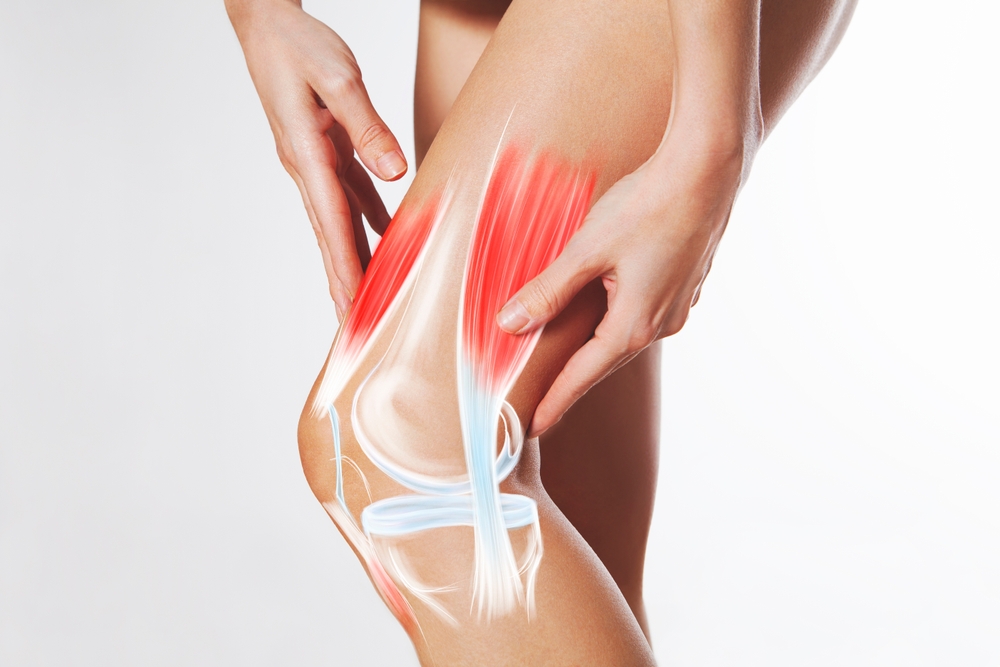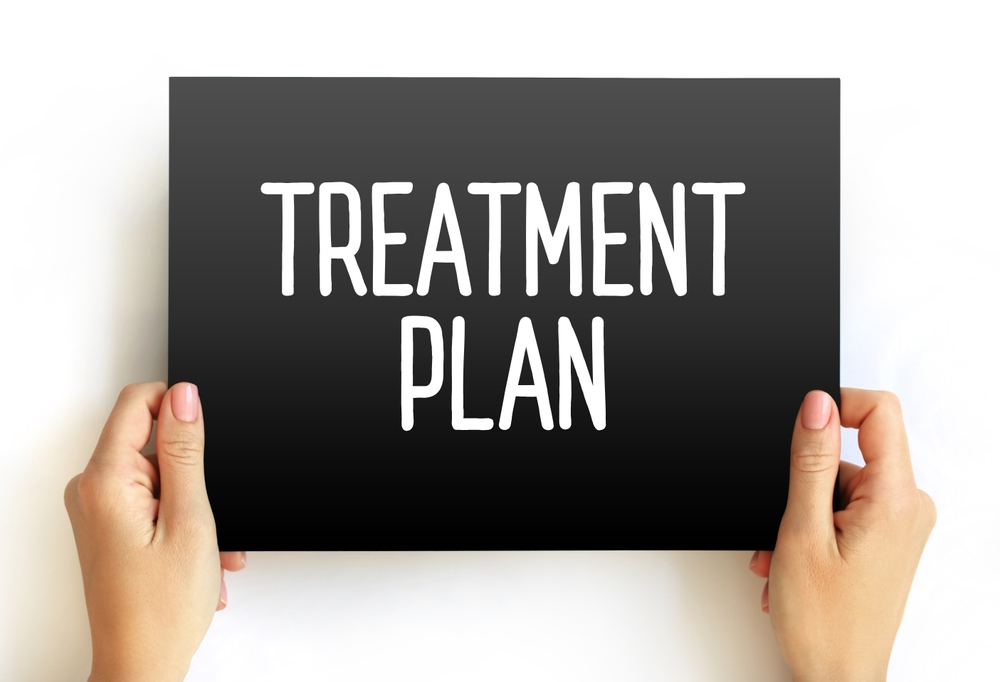Have you ever heard of Restless Leg Syndrome, or RLS? More than just a subconscious bouncy leg problem, it is a brain, nerve, and sleep condition characterized by the intense urge to move your legs while at rest. It is partially relieved by moving your legs, in the form of bouncing or twitching, but there is much more to it than that. More importantly, it can have quite a negative impact on your health.
Causes of Restless Leg Syndrome

Resting Leg Syndrome, as already mentioned, is more than just the urge to move your legs. It is usually accompanied by uncomfortable sensations in your legs, such as pain, either throbbing or aching, or perhaps an almost ‘itchy’ feel. The exact cause of RLS, however, is not yet well understood. Researchers believe that it is related to the basal ganglia, the part of the brain that controls movement. It uses dopamine levels to control the body’s movements, so one belief is that RLS is related to insufficient dopamine levels. Other potential causes include genetics, iron deficiency, underlying medical conditions, and certain medications, such as antihistamines, antidepressants, and antinausea medications.
Read More: Does a bar of soap under your bedsheets really help restless leg syndrome?
Symptoms of Restless Leg Syndrome

The symptoms go beyond just an overwhelming need to move your legs. It is characterized by uncomfortable sensations in your legs that make you want to move them, particularly when you are at rest. These sensations can include crawling, itching, aching, burning, throbbing, pulling, and tugging sensations. Usually, these sensations improve, at least temporarily, when moving your legs. Twitching or jerking legs in the evening or while sleeping are other symptoms of RLS. You may have trouble falling or staying asleep because of it, finding that you have the urge to get up and stretch your legs in the middle of the night. This, naturally, has a negative impact on your sleep and therefore your health. The RLS-induced lack of sleep can cause daytime fatigue, mood and behavior changes, difficulty with concentration, paying attention, and memory, and even depression or anxiety.
Diagnosing Restless Leg Syndrome

There is currently no test that exists to actually diagnose RLS. Your doctor may do a physical exam and review your symptoms with you. They may also wish to do neurological exams and blood tests to rule out other underlying conditions. They will then follow a list of criteria for RLS – if your symptoms match the description, and all other tests for other conditions come back negative, then they will diagnose you. These criteria include the urge to move your legs, accompanied by uncomfortable sensations that usually get worse during periods of rest or inactivity, and in the evening or at night. You can usually find partial or full, temporary relief by moving, stretching, walking, or exercising the affected muscles.
Read More: What is Chronic Fatigue Syndrome? (Symptoms, Treatment, Natural Remedies)
Treatment Options

The treatment for RLS is usually one that addresses the underlying causes, which will always be individual. The treatment can be via medical intervention, natural remedy, or usually, a combination of both. Always follow the advice of your health care team to achieve the best, safest results.
Medical Remedies

Medical remedies don’t necessarily mean medications or procedures. Again, the prescription will largely depend on the underlying cause of your RLS. For example, if your underlying cause is iron deficiency, then your doctor will prescribe you iron supplements combined with vitamin C to increase absorption. Other potential medical interventions include antiseizure medications such as gabapentin and pregabalin, dopamine agonists such as pramipexole and ropinirole or medications that increase dopamine levels. In extreme cases, medications such as benzodiazepines, hypnotics, or opioids will be prescribed. All medical interventions will require close monitoring to avoid overdoing the treatment.
Natural Remedies

In addition to medical interventions for the underlying causes, there are other natural remedies that can help manage RLS symptoms and keep the condition at bay. Regular exercise helps, as long as you avoid doing intense workouts too close to bedtime. Good sleep hygiene is also important to help you get to sleep faster. A good soak in a warm tub or using heating pads and cold compresses can also help to relieve symptoms. Finally, stress management techniques also with limiting the consumption of caffeine and alcohol and not smoking will help reduce RLS.
Living with Restless Leg Syndrome

RLS does not necessarily affect life expectancy directly but can impact your overall health and wellbeing. Again, this is largely due to the impact that it has on your ability to get a good night’s sleep regularly. There are currently no known ways to prevent RLS, but we do understand fairly well how to manage it. Reducing your known triggers, such as exercise in the evening, alcohol, or caffeine, and working with your doctor to manage underlying medical conditions, will all help to lessen RLS’s impact.
Disclaimer: This information is not intended to be a substitute for professional medical advice, diagnosis or treatment and is for information only. Always seek the advice of your physician or another qualified health provider with any questions about your medical condition and/or current medication. Do not disregard professional medical advice or delay seeking advice or treatment because of something you have read here.

